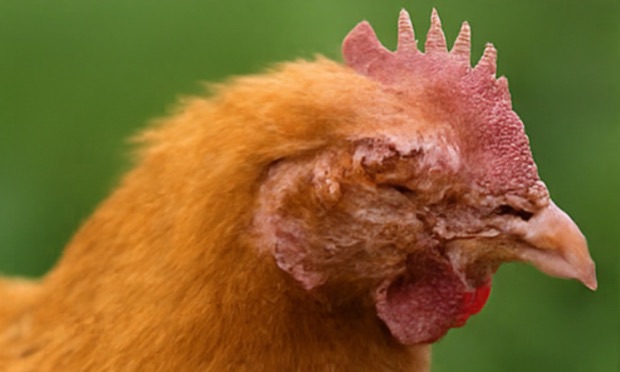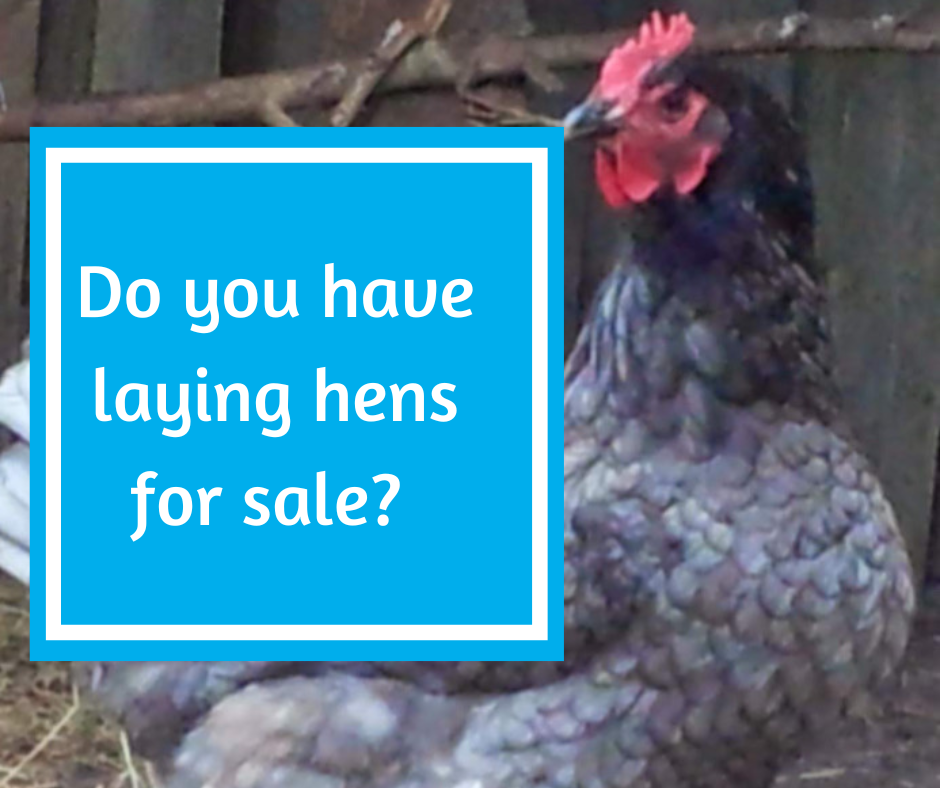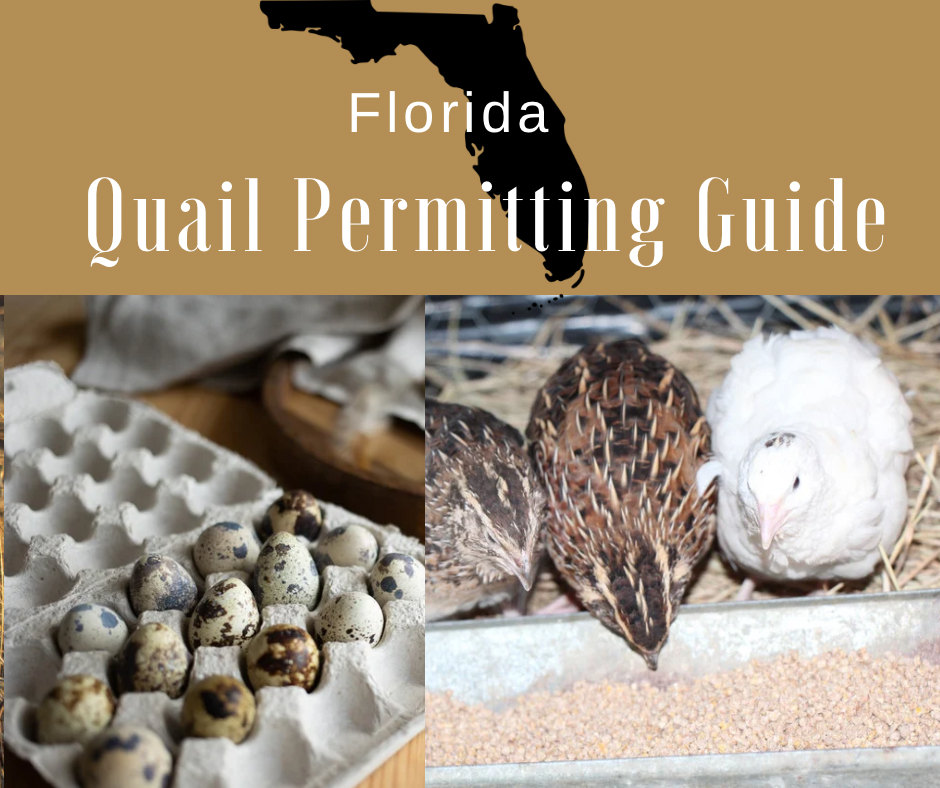By Alexandra, The Quail Lady
For over 15 years, poultry enthusiasts and scientists alike have debated whether quail (Coturnix coturnix japonica) and chickens (Gallus gallus domesticus) can share living space. While early discussions in backyard farming forums entertained the possibility, modern research and firsthand experiences overwhelmingly advise against it. The risks—ranging from disease transmission and aggression to incompatible environmental needs—make cohabitation between these two species scientifically unsound and ethically questionable.
Disease Transmission: The Invisible Threat
One of the most pressing concerns in keeping quail and chickens together is pathogen transfer. Chickens carry a variety of bacterial, viral, and parasitic diseases that, while sometimes asymptomatic in chickens, can be deadly for quail.
Among the most significant threats is Mycoplasma gallisepticum (MG), a respiratory pathogen that causes chronic respiratory disease (CRD) in poultry. While chickens can be lifelong carriers with minimal symptoms, quail infected with MG often suffer from severe respiratory distress, lethargy, and high mortality rates.
Another concern is coccidiosis, a parasitic disease caused by Eimeria species. Quail and chickens host different strains of Eimeria, but chickens can carry strains that quail have no immunity against. Cross-exposure in a shared environment often results in fatal enteritis in quail, leading to bloody diarrhea, dehydration, and death.
Beyond these, Newcastle disease, infectious bronchitis, and fowl cholera have all been documented in multi-species poultry environments, further solidifying the need for separation.
Aggression and Social Structure: Quail vs. Chickens
Chickens, despite their domestication, retain many territorial and pecking-order-driven behaviors that make them highly incompatible with quail.
- Size Disparity: A standard adult chicken weighs between 5–10 lbs, while a Coturnix quail weighs 4–5 ounces. Even a mild peck from a chicken can cause fatal head trauma to a quail.
- Food Competition: Chickens are opportunistic feeders, often hoarding food and preventing quail from accessing nutrition. Malnourished quail are more susceptible to stress-related conditions, including feather picking and reproductive suppression.
- Predatory Instincts: While not true predators, chickens exhibit cannibalistic tendencies, particularly in overcrowded conditions. There are numerous accounts of chickens pecking quail to death out of curiosity or aggression.
Environmental & Nutritional Mismatches
Quail and chickens require vastly different housing and dietary conditions, making their cohabitation not only dangerous but also impractical.
1. Housing Design
Quail, being flighty birds, require low-ceiling enclosures to prevent injury from “booming” (sudden vertical flight response). Traditional chicken coops with high roosts can cause broken necks in startled quail. Chickens, on the other hand, require elevated perches and nesting boxes, which are incompatible with quail behavior.
2. Nutritional Requirements
Quail need 24–30% protein for optimal health, while standard chicken feed contains 16–18% protein—too low for quail, leading to poor feathering, reproductive issues, and reduced egg production. Chickens thrive on calcium-rich diets for strong eggshells, but excess calcium in quail feed can cause kidney damage.
A 15-Year Debate: Then and Now
In the early 2010s, poultry forums were filled with discussions about the feasibility of quail-chicken cohabitation. Some poultry keepers experimented, only to report devastating disease outbreaks, dead quail, or failed integration. Even today, this question resurfaces regularly among new quail keepers, with seasoned breeders echoing the same warning:
“Quail and chickens should not live together.”
The science has remained consistent—cohabitation leads to unnecessary disease exposure, aggression, and inadequate living conditions for quail. As backyard poultry keeping continues to grow in popularity, it is essential that new keepers learn from past experiences rather than repeating mistakes that have already been well-documented.
Conclusion: The Case for Separate Housing
While quail and chickens may share similarities as poultry species, their biological, behavioral, and environmental differences make cohabitation unsafe. As more research reinforces these findings, it is clear that best practices in sustainable poultry keeping must prioritize species-specific needs over convenience.
The debate may continue in homesteading circles, but the answer in poultry science is definitive: quail and chickens should never be housed together.










